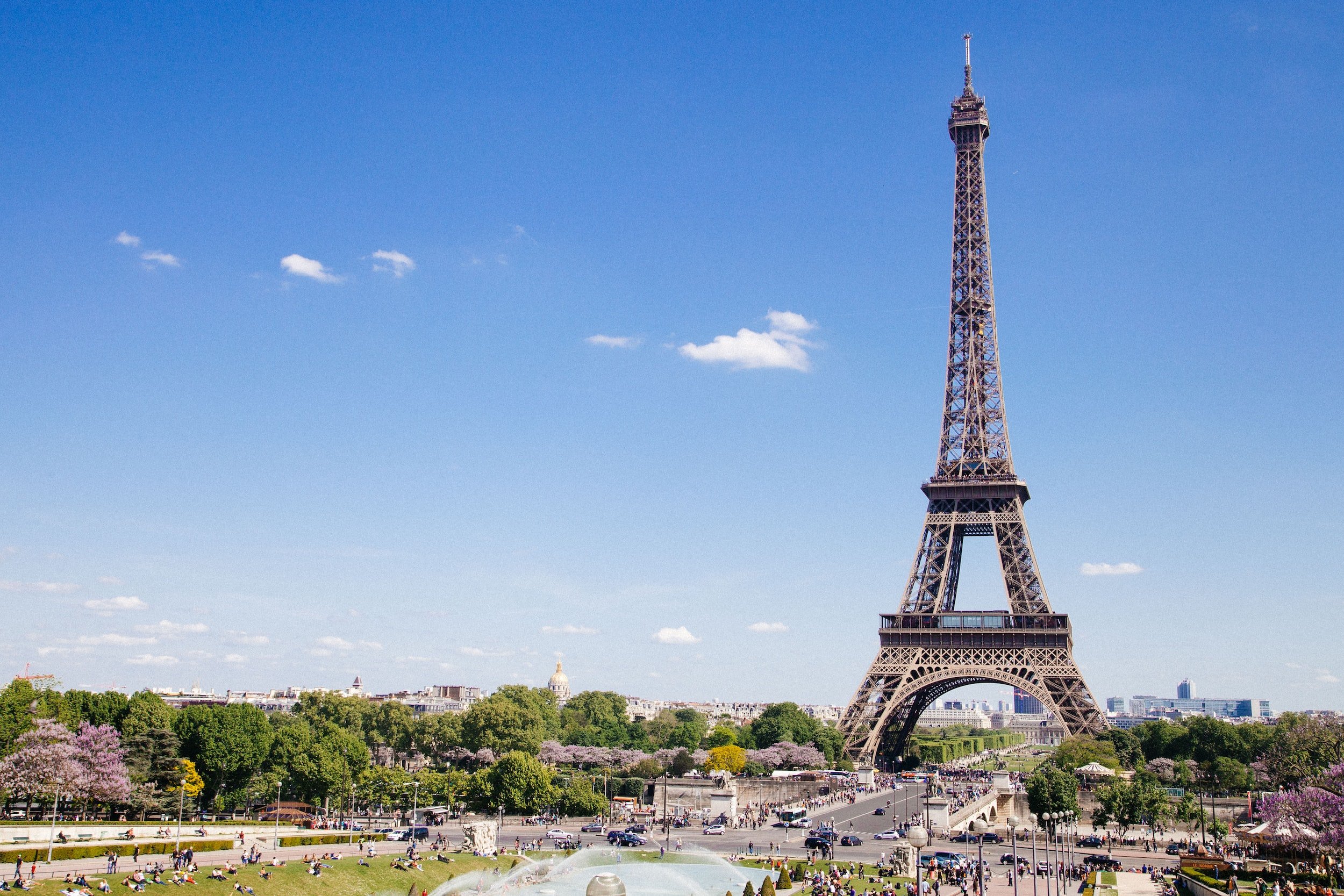Pompeii Ruins
One of the most fascinating archaeological experiences in the world is the Pompeii ruins founded by the Oscans around the 8th century BC. The town was buried under a layer of lapilli rather than being completely destroyed by Vesuvius in AD 79, which contributes significantly to the site's importance. You can get a chance to stroll through Roman streets and peek inside centuries-old homes, temples, stores, cafes, amphitheaters, and even a brothel.
Learn more about Pompeii's history by visiting The archaeological ruins which are spread across 440,000 square meters, a vast area that would take at least three full days to explore completely. Remember that Pompeii is an entire buried city with squares, temples, baths, public buildings, private villas, and shops.
Top Attractions of Pompeii Sites
Large Theater and Odeon (VIII - 10)
One of the top attractions of Pompeii Ruins, do not forget to visit the two theatres which are located in the ancient city. The Large theatre also called the Teatro Grande is an open-air amphitheater. It is said that a lot of Greek-Roman plays were performed in this theatre. You can also visit the smaller theatre which is also called as Odeon. This was used for musical and poetry performances. One of the most fascinating activities is to speak in the middle of the stage to hear your voice amplified.
Garden of the Fugitives (I- 16)
One of the oldest quarters in the city, Garden of the Fugitives is an homage to 13 victims who died during the eruption of 79 AD. These Fugitives were trying to escape through Porta Nocera before they died of eruption. At present, the old quarter has been converted into vineyards and is a very important part of the city. You can also witness their remains which were discovered in 1961-62 and 1973-74, during excavations. These remains are covered and preserved using plaster casting.
Amphitheater (II – 5)
Learn more about Pompeii History in an ancient amphitheater that was built in 70 BC. This Amphitheater is known to be one of the best preserved Amphitheater in the world. This was used for many events such as sports and the Gladiator battle. The space can accommodate up to 20,000 people at once. The seating arrangements were divided into 3 parts. The first rows were for the rich and prominent people. The middle rows were for the middle classes and the highest rows were for the remaining people of the city.
Praedia of Giulia Felice (II – 3)
A very important part of Pompeii ruins, the Praedia of Giulia Felice is a company that was built in the 1st century. You can visit the Patrician villa which is known for its beautiful gardens and thermal baths. It is said that the name Giulia Felice was painted on the facade in an inscription after 62 AD. You can still see the exhibit in the Naples' National Archaeological Museum. It states that a portion of the property is available for rent.
Lupanar (VII - 18)
Lupanar is a brothel who is located in the Pompeii ruins. There were two floors in the building and had five cells on each floor. You can see a stone bed in each cell which has a mat or a cushion on it. Each cell's door had an erotic fresco that likely represented the area of expertise of the prostitute who worked in that particular cell. The building is simple to locate by looking for phallic symbols on the neighboring buildings' facades and flagstones.
House of the Faun (VI – 1)
Visit one of the largest houses in Pompeii ruins which is spread across 3,000 square meters and has many areas which is dedicated to the owners and servants. The building gets its name from a bronze satyr figure in the house's impluvium (a tiny pool for collecting rainwater)You can witness many statues, frescoes, and mosaics which can be seen throughout the villa. One of the most well-known is the mosaic, now on exhibit at the National Archaeological Museum in Naples, showing Alexander the Great fighting Darius and the Persians at Issus.
Villa of the Mysteries (VI – 19)
One of the most interesting parts of Pompeii's History, the Villa of the Mysteries was discovered in 1909 and belonged to the Istacidii family. The building was constructed in the western residential sector outside the city walls, with a beautiful sea view, and it is from the first century BC. Visit the Hall of Mysteries, a triclinium which is a dining hall, painted with an amazing and enigmatic cycle of murals, measures 17 meters by 3 meters. This hall was rebuilt several times before the eruption in 79 AD.
Forum (VII – 6a)
Forum is one of the best places to learn about Pompeii's history with a large square filled with buildings, arches, basilica, temples, and many facilities. You can also witness many buildings which are dedicated to Apollo, Jupiter, Vespasian, and Public Lares. The forum was where the majority of the city's civic, religious, and commercial activities took place. As in all Imperial cities, wheeled vehicles were not permitted in the forum.
Basilica (VIII – 2)
Basilica was one of the most important buildings in Roman times and was used as a courtroom. It was known as a particular kind of courtroom where contracts for business transactions were drafted and the judge sat on an elevated seat above the sides. The area, which dates back to the second century BC, resembled a covered forum and had columns. In case of bad weather, it could still be used for civic, religious, and commercial purposes.
Sanctuary of Venus (VIII – 1)
A sacred part of Pompeii's history, the Sanctuary of Venus was dedicated to Venus who was known to be the protector of the city. This site was built in the second half of the 2nd century. The building also had a temple which was home to a gold lamp donated by Nero and his wife. It is currently on exhibit in Naples' National Archaeological Museum












